How to Extract Audio from MP4 Using FFmpeg, Audacity, and Aiseesoft
Extracting audio from video files can be challenging for beginners unfamiliar with the right tools. Fortunately, several user-friendly tools are available for users of all skill levels. This blog examines three popular tools: FFmpeg, Audacity, and Aiseesoft, which make it easy to extract audio from video files.
Tool 1: FFmpeg

FFmpeg is a powerful, open-source command-line tool for managing multimedia files. While its interface might seem daunting at first, FFmpeg offers unmatched capabilities, especially for professional or tech-savvy users.
Why Use FFmpeg?
- Command-Line Precision: Perfect for batch processing and advanced editing tasks.
- Lightweight and Efficient: Requires no extra software installations or graphical interfaces.
- Supports Virtually All File Types: From MP4 to MKV, FFmpeg handles it all.
How to Extract Audio with FFmpeg
- Download and Install: First, download FFmpeg from their official site and follow the installation instructions for your operating system.
- Use the Command Line: Open your command-line interface, such as Terminal on macOS/Linux or Command Prompt on Windows.
- Run the Command: Use the following command to extract the audio from a video file:
ffmpeg -i inputfile.mp4 -vn -acodec copy outputfile.mp3- Replace
inputfile.mp4with your video’s file name. - Replace
outputfile.mp3with your desired audio file name and extension.
- Replace
- Verify the Output: Check your output folder for the extracted .mp3 file.
FFmpeg is ideal for users needing advanced control over file formats or processing multiple files efficiently.
Tool 2: Audacity
Audacity is a free, open-source audio editing software that simplifies audio extraction for both beginners and advanced users. Its intuitive interface provides an excellent experience for users who prefer a visual workflow.
Why Use Audacity?
- Beginner-Friendly: Its drag-and-drop interface makes editing easy.
- Audio Customization: Enhance, filter, or remix audio during or after extraction.
- Cross-Platform: Available for Windows, macOS, and Linux.
How to Extract Audio with Audacity
- Download and Install: Download Audacity from the official website.
- Import Your Video File: Open Audacity, click File > Import > Audio, and select your video file. Audacity will automatically separate the audio track from the video.
- Edit and Export: Once your audio appears in the timeline, you can edit it as needed. When you’re ready to export, go to File > Export, choose your desired file format (e.g., MP3, WAV), and save.
Audacity is perfect for users seeking a straightforward process with options to tweak and edit their audio. It’s ideal for podcasts, voiceovers, or adjusting sound levels.
Tool 3: Aiseesoft Video Converter Ultimate

Aiseesoft Video Converter Ultimate is a professional-grade video conversion and editing tool that also includes audio extraction functionality. Unlike FFmpeg or Audacity, this tool features a user-friendly GUI and extras like batch processing and predefined settings for different outputs.
Why Use Aiseesoft?
- User Interface: Clean and intuitive, great for non-technical users.
- High-Quality Output: Maintains the original quality of the extracted audio.
- All-In-One Solution: Offers video editing, conversion, and audio extraction all in one platform.
How to Extract Audio with Aiseesoft
- Download and Install: Start by downloading Aiseesoft Video Converter Ultimate from their official website.
- Add the Video File: Launch the program and drag your video file into the main window.
- Choose Audio Format: Select the output profile as “Audio” to choose your desired format (e.g., MP3, WAV, AAC).
- Extract the Audio: Click Convert to begin the extraction process. Within moments, your audio file will be ready to use.
If you want a hassle-free, polished experience with high-quality results and additional editing capabilities, Aiseesoft is for you.
FFmpeg vs. Audacity vs. Aiseesoft: Which Is Right for You?
Choosing the right tool depends on your specific needs and technical expertise.
- FFmpeg: Best for professionals or users comfortable with command-line tools who need flexibility.
- Audacity: Strikes a balance between ease of use and functionality, making it perfect for beginners and those looking to edit their audio files.
- Aiseesoft: Ideal for users who want an all-in-one visual solution for extracting and editing audio without any technical complexities.
Benefits of Extracting Audio from Video
Extracting audio from video files can serve a variety of purposes, making it a valuable skill to have. Some of the benefits include:
- Improving sound quality: Extract and edit audio separately to enhance quality, reducing background noise and other distortions.
- Repurposing content: Use extracted audio for podcasts, presentations, or audiobooks, allowing content to be shared across different formats.
- Accessibility: Make content more accessible by offering audio versions, beneficial for those with visual impairments.
- Saving storage space: Audio files take up less storage space than video files, helping manage storage efficiently.
Final Thoughts
Whether you’re creating a podcast, editing voiceovers, or saving your favorite speech from a video, the right tool can make all the difference. FFmpeg ensures precision for tech-savvy users, Audacity offers accessible power for detailed editing, and Aiseesoft provides a seamless and high-quality experience. Not sure where to start? Download one of these tools and give it a try today. Experiment with different features and find the best fit for your audio extraction needs.
Related Articles
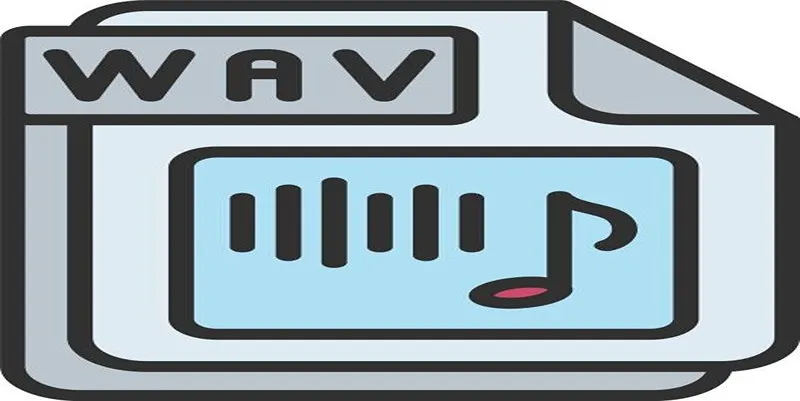
How to Convert MPEG to WAV: A Step-By-Step Guide

Effortless Steps to Convert and Upscale Video to 4K Resolution

How to Easily Convert AVI to MOV Using 4 Reliable Tools

Top 3 Simple Ways to Convert WMA to MP4 Easily

LightCut 2025 Review: The Best Video Editor for Android and iPhone

How to Easily Convert AVI to MOV Using 4 Reliable Tools
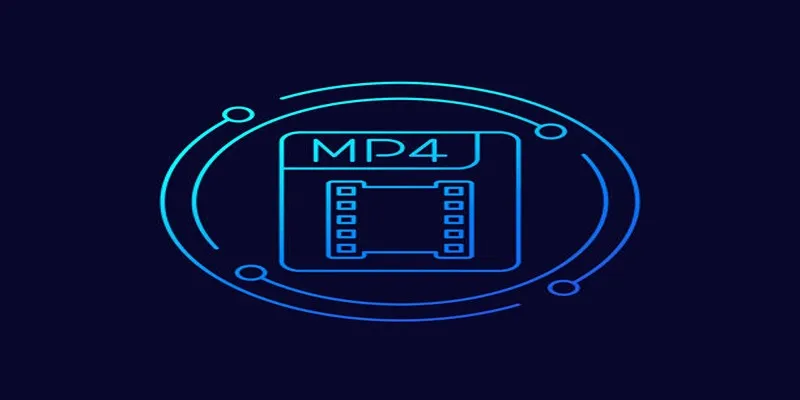
Free Ways to Convert HEVC to MP4 Without Losing Quality
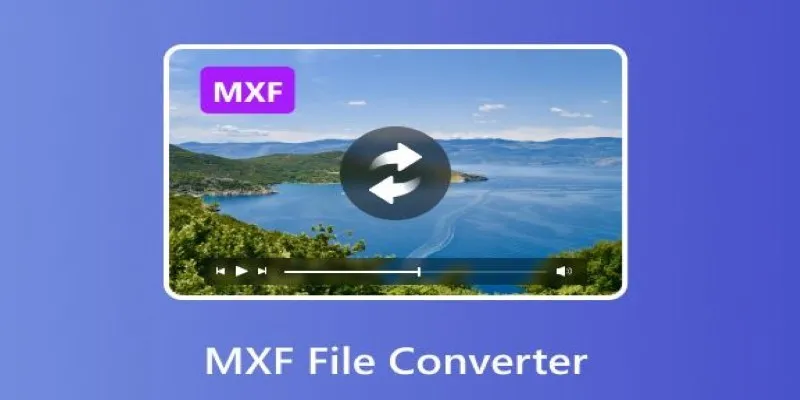
Convert MXF Files Without Quality Loss: 5 Tools for Mac

Top 7 Methods to Convert M4A to MP3 Online Quickly
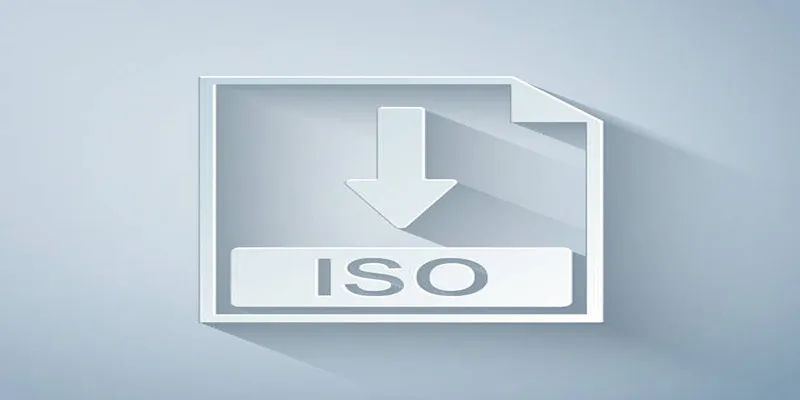
Simple Methods to Convert ISO Files to MP4 for Beginners
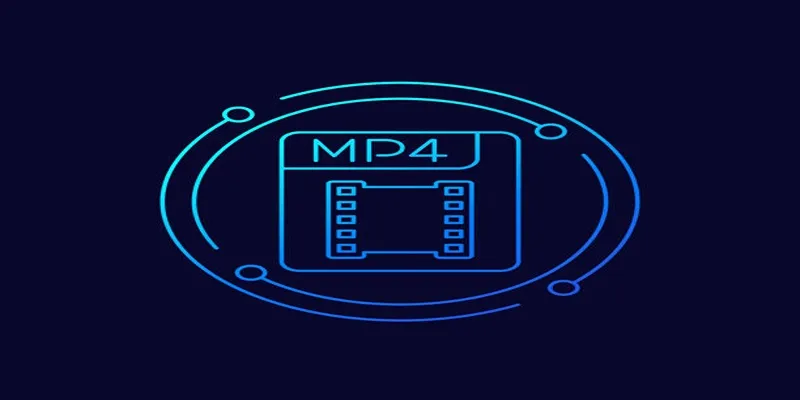
5 Simple Ways to Convert 3GP to MP4 Effortlessly
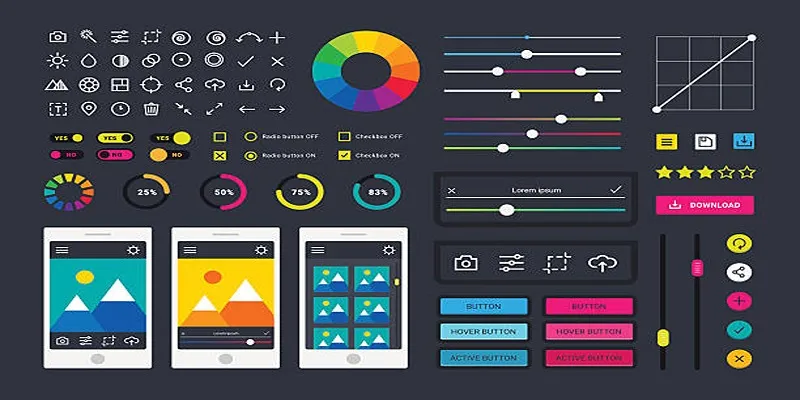
How to Easily Edit and Trim Videos on Your Android Devices
Popular Articles

Stay Organized: 5 Smart Ways to Schedule Important Info on Android

Best Video Tools to Combine Videos with Super High Speed

The 6 Best Pomodoro Timer Apps in 2025 for Maximum Focus and Productivity

7 Best GIF Loopers to Seamlessly Repeat Your Favorite Moments

8 Easy Techniques to Extract Audio from Video Files

Top Software and Techniques for High-Definition VR Game Recording
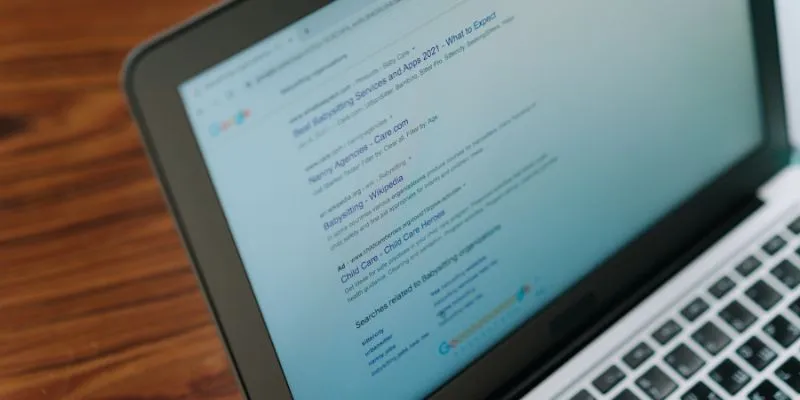
What Are the Best Google Docs Features to Improve Your Workflow and Save Time?
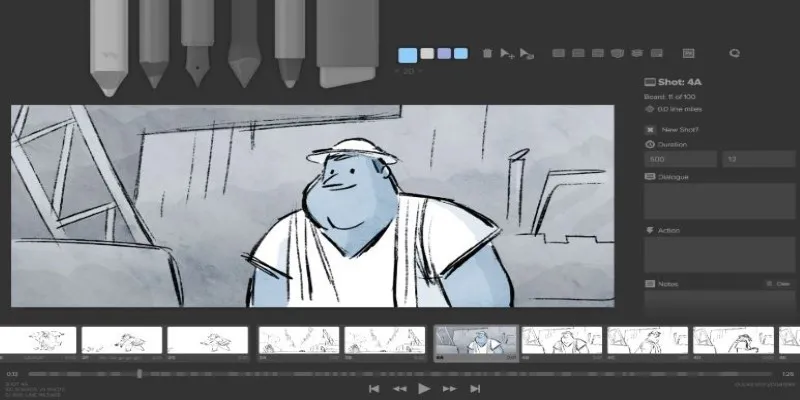
Best Linux Tools for Creating and Managing Storyboards

A Guide to Putting Two Videos Side by Side in Adobe Premiere Pro

Streamline Your Workflow with These 6 Jira Alternatives in 2025

How to Use Camtasia for Screen Recording

 mww2
mww2